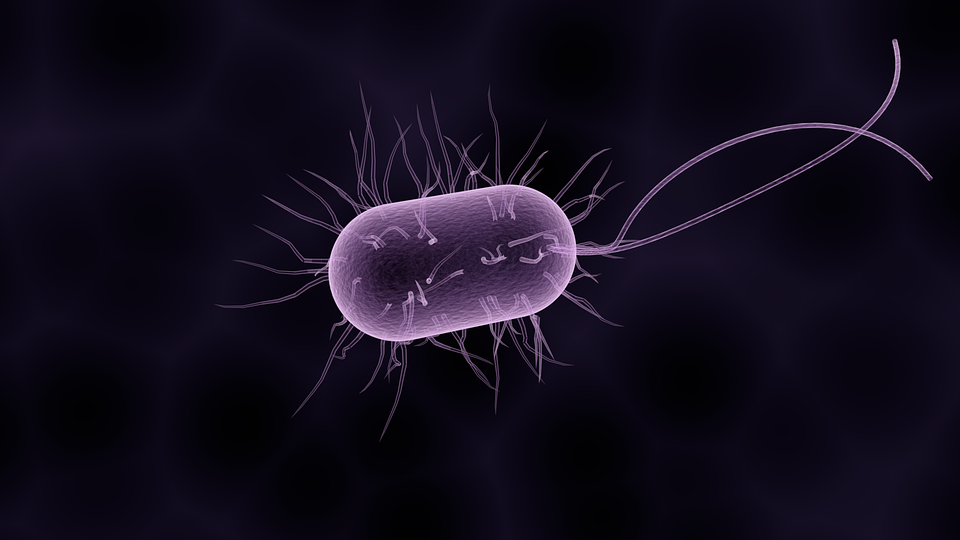Bacterial vaginosis is a common infection, which studies have found affects nearly 30% of US women aged between 14 and 49. This infection frequently develops after sexual intercourse, but it should not be confused with a sexually transmitted infection. However, it can increase the risk of an STI, especially chlamydia, if left untreated. To learn more about the causes of bacterial vaginosis and ways to treat it, read this post now.

Symptoms of Bacterial Vaginosis:
• Vaginal discharge
• Unpleasant odour from vagina
• Burning and itching around the vagina
Women who experience frequent BV are also at risk of developing pelvic inflammatory disease, which is an infection of the upper genital tract. PID can have severe consequences, such as infertility, if left untreated.
Common Triggers of BV
Women suffering from uncontrolled diabetes are at a greater risk of developing bacterial vaginosis. Hence, it’s important to undergo regular check-ups to keep your insulin levels in control.
Bacterial vaginosis is also more common in women who take contraceptive pills or are pregnant. This is because their estrogen levels increase during pregnancy or while taking hormone therapy, thus making them susceptible to vaginal infections.
The thinning of the vaginal walls can also decrease estrogen levels, especially after menopause. Similarly, during breastfeeding, the body’s estrogen levels will decline. With the reduction in hormone levels and the vaginal wall thinning, your vagina is more susceptible to inflammation and infections.
An impaired or weakened immune system is another trigger for the development of BV. Your immune system may be compromised when you take medications for HIV or undergo corticosteroid therapy.
Using perfumed soaps or shower gels can irritate the vagina and result in a secondary infection. Wearing tight-fitting underwear can also cause vaginal irritation. Always wear loose-fitting or cotton underwear and opt for herbal soaps instead.
Imbalanced pH levels can encourage the growth of harmful bacteria in the vagina. This area of the body needs lactic acid as a protective barrier against bacteria. When your body’s pH levels are imbalanced, it can lead to a reduction in lactic acid and increase the risk of infection.
The Most Effective Treatments For Bacterial Vaginosis
While this infection often clears up by itself, women who feel uncomfortable with the symptoms of bacterial vaginosis should consult with a doctor in order to avoid complications. This infection is usually treated with antibiotics, gels, or creams. If you notice white or watery discharge with an unpleasant smell, you must speak with a doctor right away. Remember that untreated bacterial vaginosis can lead to further problems, especially during pregnancy.
Even if your infection clears up with the help of antibiotics, it can often come back within three months or so. Your doctor may prescribe antibiotics to be taken for up to six months. However, if you experience more than three episodes of infection within one year, you may be prescribed a vaginal gel to use twice a week until your infection completely clears up. Your doctor can determine how long you will need to continue with the treatment.
How to Prevent Bacterial Vaginosis
To relieve your symptoms and prevent this infection from returning, here are some dos and don’ts to practice at home.
Do
• Wash your genital area with plain water and unperfumed soap
• Take showers instead of baths
• Wear cotton underwear
Don’t
• Use vaginal douches and deodorants
• Use strong detergents for washing your underwear
• Smoke
• Have multiple sex partners
• Have sex during your treatment
To further avoid recurring infections, make sure you use all the prescribed medications according to the dosage your doctor has advised – even if your symptoms disappear sooner. If all else fails to work, consider taking probiotics for six months. Supplements are a natural alternative and without any adverse effects. But always consult with your doctor first.